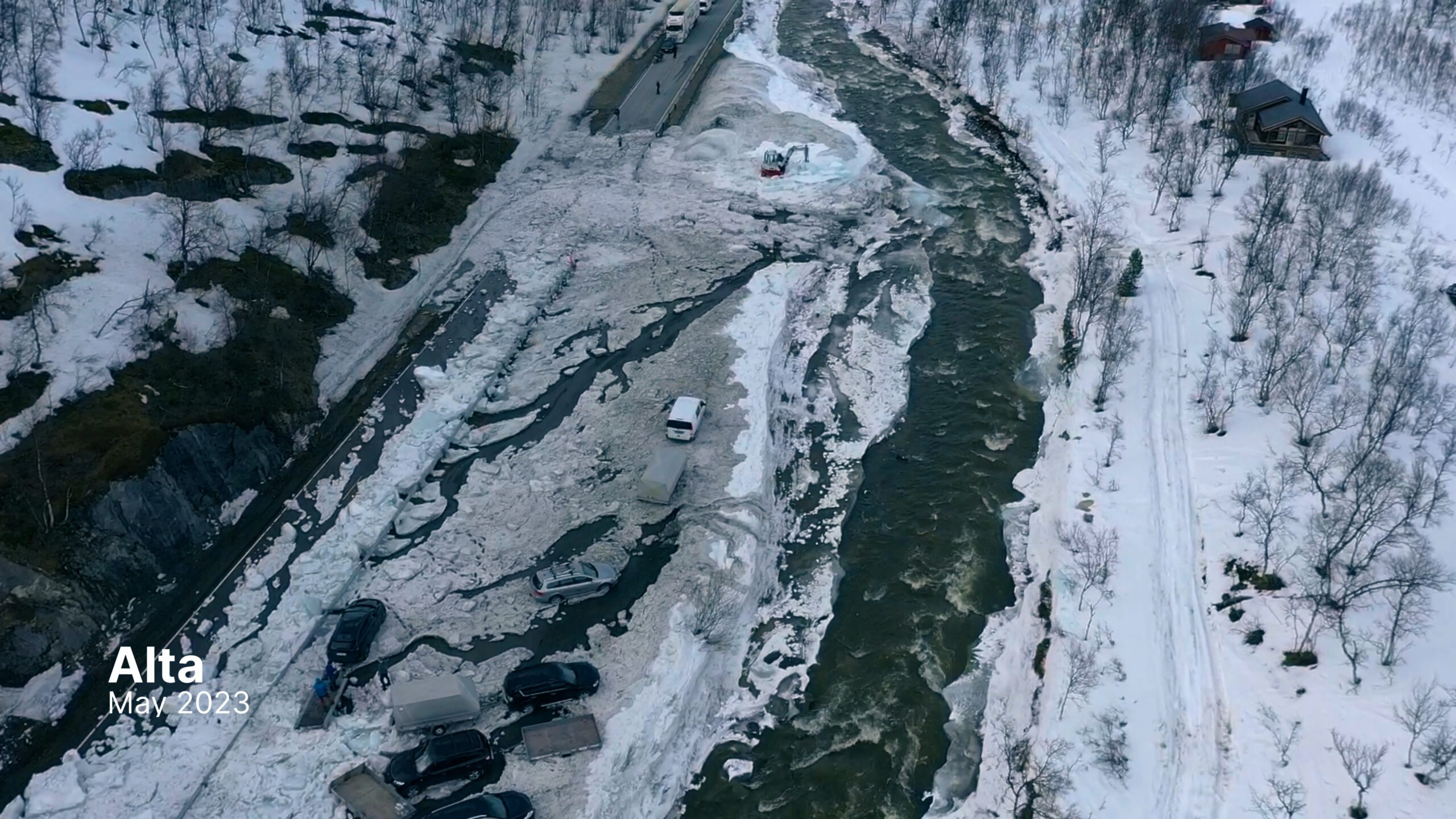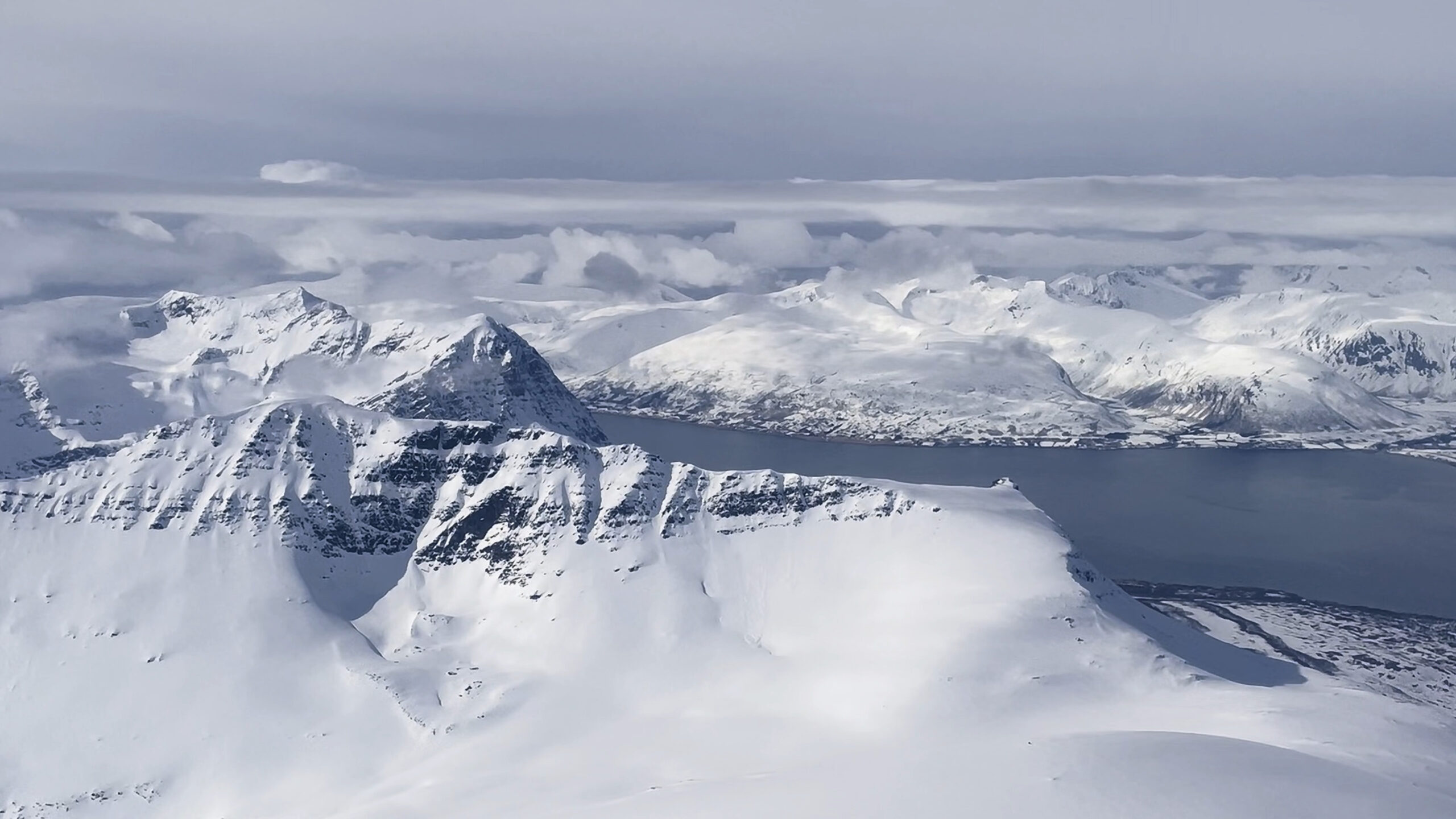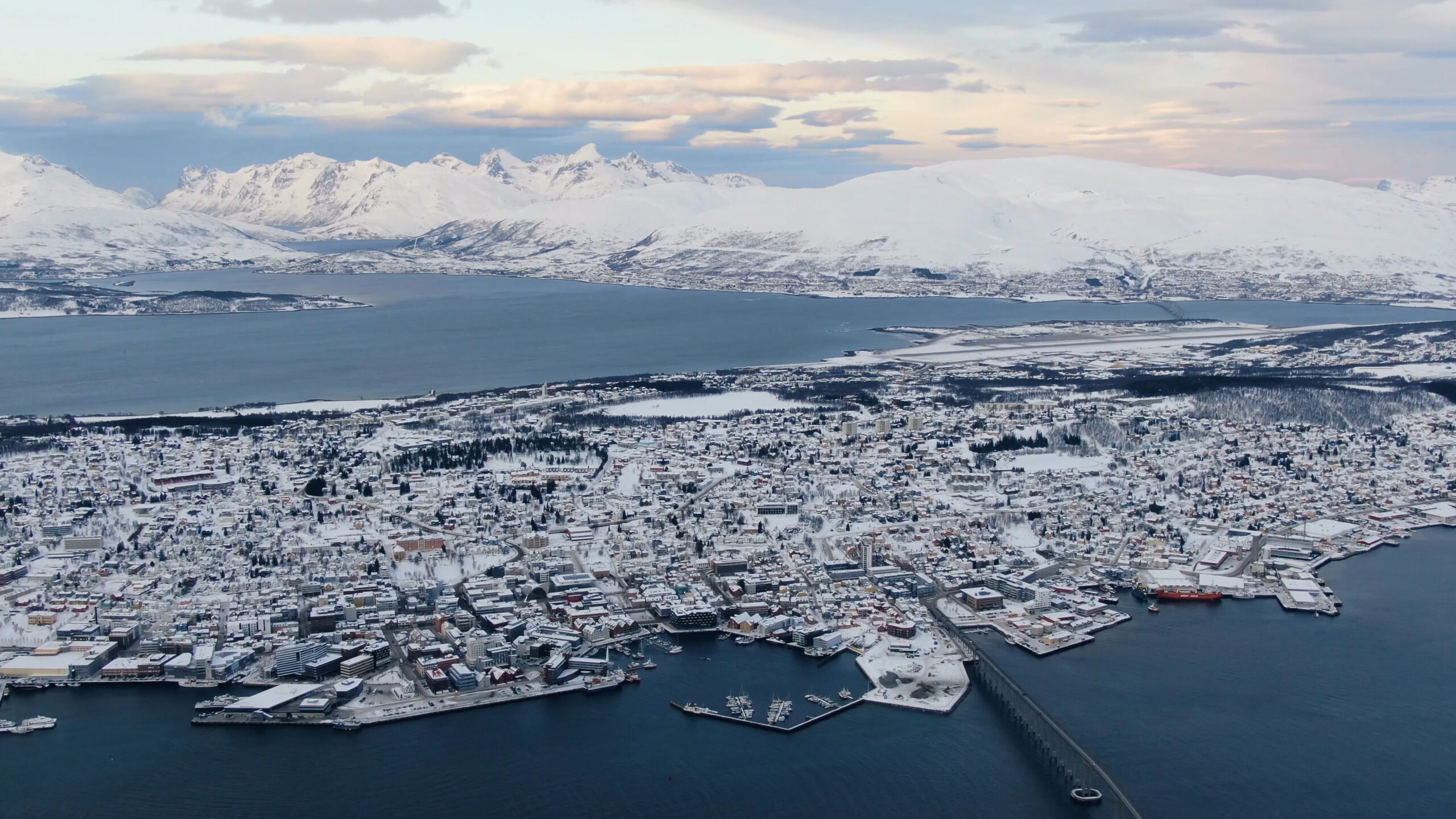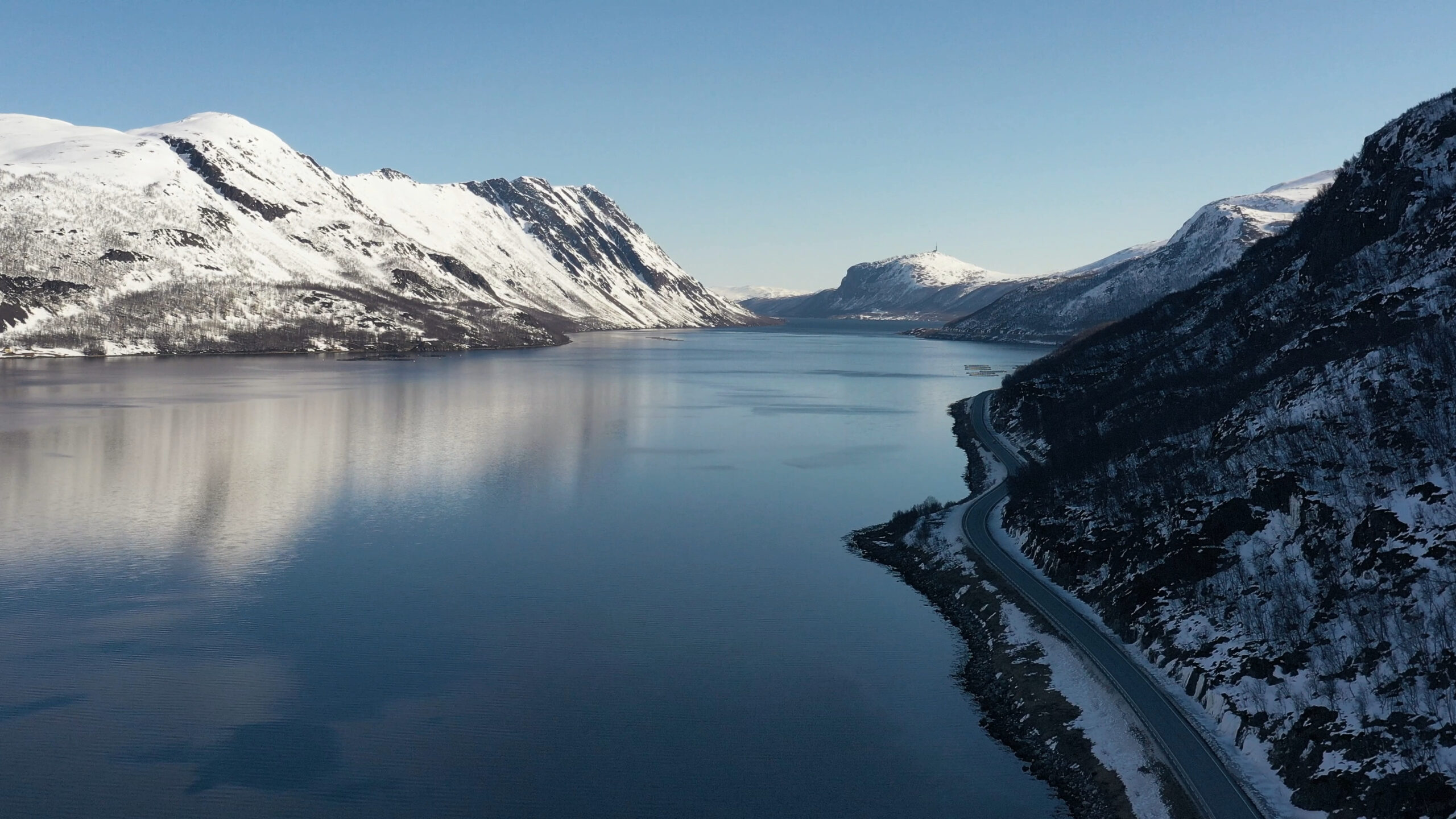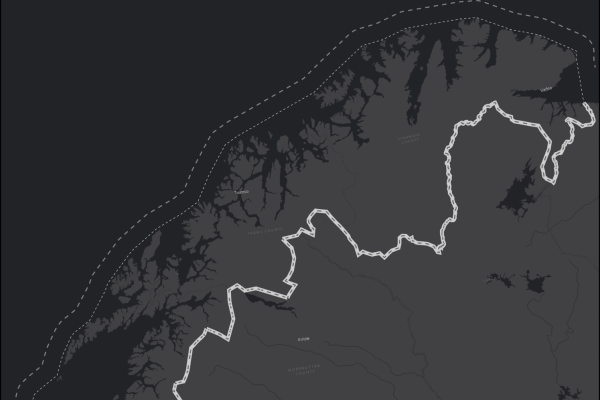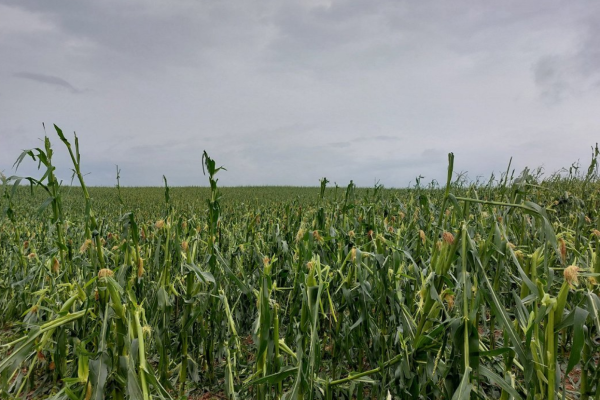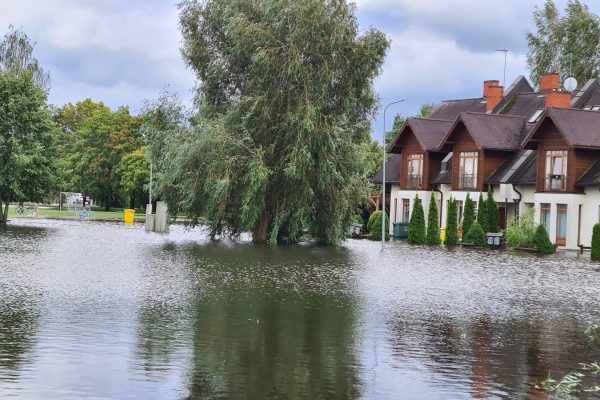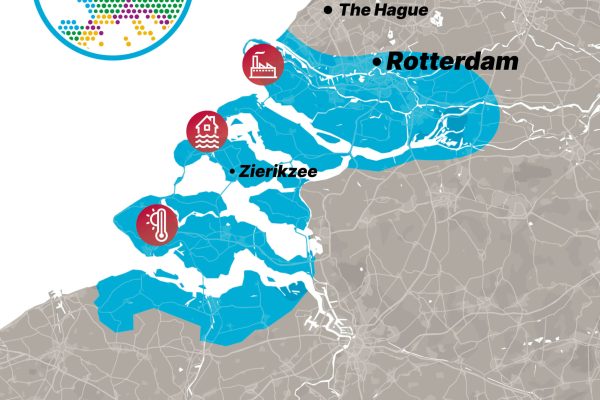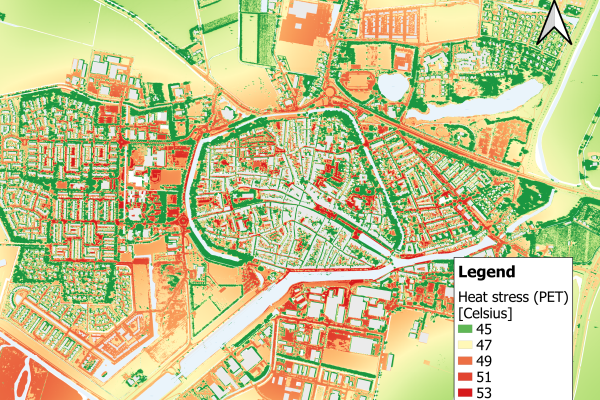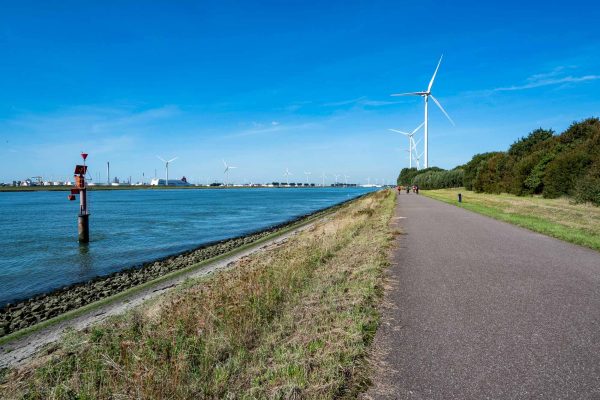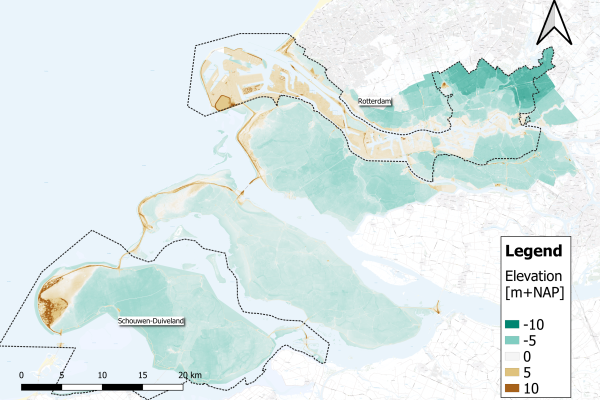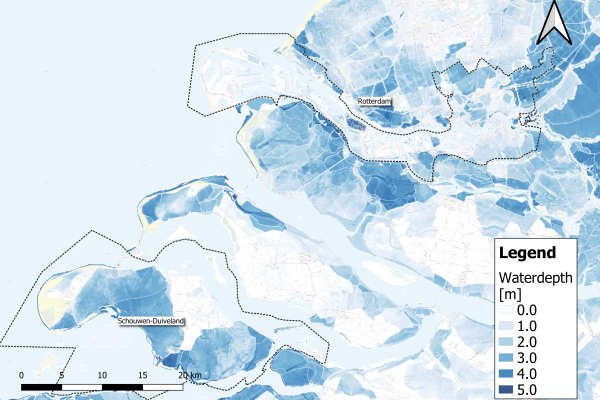Slush flows endanger Arctic roads and communities. Discover how new tools are improving slush flow forecasting to mitigate risks in Norway and beyond.
Slush flows – masses of water-saturated snow that can travel long distances at high speed – are a significant yet under-researched natural hazard. Unlike avalanches, which require steep slopes of 30 to 45 degrees to initiate, slush flows often start on gentler slopes of less than 30 degrees. This is because they rely on oversaturation of snow by water, creating an unstable mass that can suddenly surge downhill.
The Impact in Norway
In Norway, slush flows are a recurring danger. These events can be deadly and cause widespread disruption. Finnmark, with its vast expanse of nearly 48,000 square kilometers and over 4,200 kilometers of roads, is particularly vulnerable. Roads are a lifeline in this remote region, essential for commuters, access to hospitals, and the fishing industry. Yet, closures caused by slush flows can force detours of four to nine hours, with significant consequences for residents and businesses.
Trond Jøran Nilsen, an avalanche planning expert in Finnmark County, highlights the challenge: “The roads in this county are like the lifeline for people because it’s almost the only way to get around. So it is really important the work the road authorities are doing to keep the roads open.” However, while tools and models for avalanche forecasting are well-developed, slush flow prediction remains in its infancy due to limited knowledge of the processes behind these events.
A New Tool for Slush Flow Forecasting
To address this gap, researchers at the University of Tromsø are developing a digital tool to map slush flow hazards as part of our project. This innovative hazard map integrates data on extreme weather conditions—such as heavy rain, high temperatures, and strong winds—to predict areas at risk.
Christopher D’Ambiose, who leads the research at the university, is adapting an avalanche simulation model he previously developed for Austria to account for slush flows. “I’m currently in validation mode. I have the simulation working. I’ve come up with a method for automatically identifying potential release areas. Now I need to make sure that the simulations actually match reality,” he explains.
These simulations are vital for understanding the cascading effects of slush flows. For example, when a slush flow hits a lake, it can overflow, gathering debris and mud, potentially endangering roads and communities downstream. By providing timely warnings, this tool could save lives and prevent costly damage.

Unique Arctic Challenges
Slush flows are more common in Norway and Scandinavia than in southern regions like the Alps. This is due to unique environmental factors in the Arctic, such as the midnight sun, which prevents freezing at night, allowing water to accumulate in the snow. Additionally, Norway’s thin soil layers—a remnant of the last Ice Age—limit water drainage, exacerbating the risk.
In contrast, the Alps experience nighttime freezing, which helps reduce snow’s water content. Any residual water there can also seep into the thick soil layer, further stabilizing the snowpack. In Norway, however, the lack of these mitigating factors makes slush flows more likely during warm periods or winter rains, especially when weather systems bring moisture from the ocean.
Field Tests to Enhance Slush Flow Forecasting
Field assessments are a critical part of slush flow research. In Finnmark, road authorities collaborate with researchers from the Arctic University of Norway to observe and document slush flow paths. This data is uploaded to a national database to improve hazard maps and identify potential release areas.
Christopher D’Ambiose emphasizes the importance of these efforts: “It’s an important part of the research because we expect warmer and wetter winters up here in the Arctic. So we expect more of this kind of wet snow hazard to come in. Wet snow hazards could be wet snow avalanches or slush flows.”
Field tests involve measuring the water content of snowpacks, a key indicator of stability. Researchers use simple but effective methods, such as checking if snow can form a snowball, squeeze out water, or visibly show water between snow grains. These classifications help validate simulation models and improve hazard predictions.
A Safer Future for Norway and Beyond
By combining field data with advanced simulations, the research team aims to create a comprehensive national hazard map for slush flows. This tool could help road authorities in Norway and other regions with seasonal snowpacks to mitigate risks, protect infrastructure, and save lives.
As warmer and wetter winters become more common in the Arctic, understanding and preparing for slush flows will be crucial.
Watch our latest video to see how these innovative efforts aim to save lives, protect roads, and enhance climate resilience in Scandinavia.


